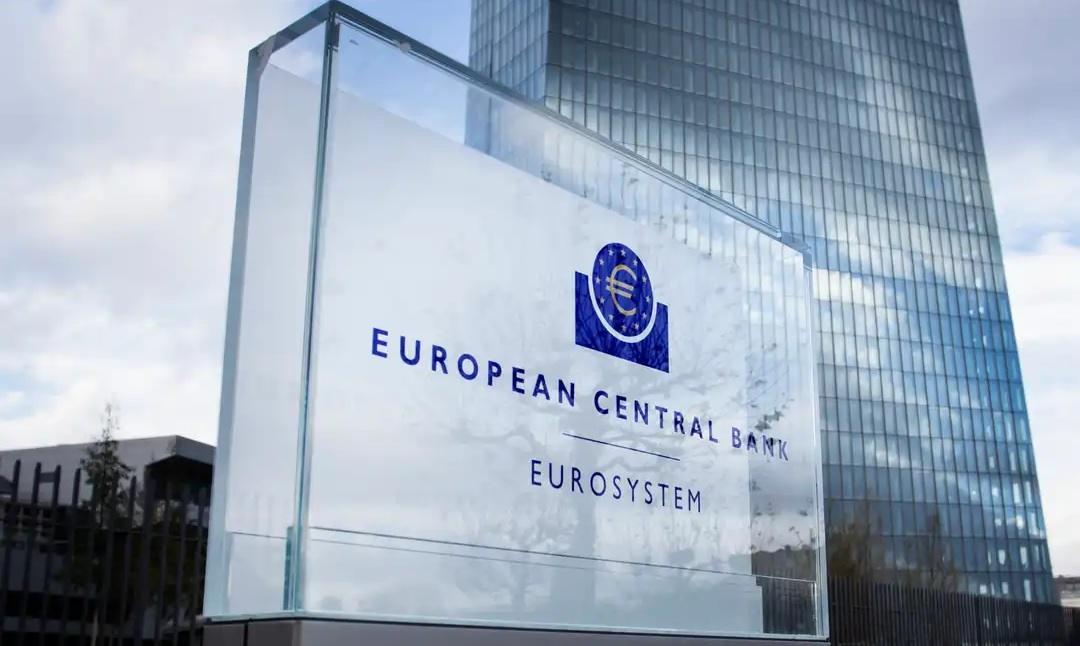The following is a guest editorial courtesy of Carolane de Palmas, Markets Analyst at Retail FX and CFDs broker ActivTrades.
With inflation in the Euro Zone still above 2% but expected to undershoot in 2026 and growth projections subdued, rate setters see little benefit in adjusting policy now. For market participants, the central bank is very likely going to keep interest rates on hold, with risks tilted toward a prolonged period of below-target inflation rather than another flare-up in price growth.
Eurozone Inflation Hits Five-Month High
Euro-area inflation ticked higher in September, complicating the European Central Bank’s policy calculus as officials prepare for their October meeting. Headline consumer prices rose 2.2% from a year earlier, up from 2% in August and the highest reading since April, according to Eurostat. The increase was driven by a slower decline in energy costs, while core inflation held steady. Services inflation, however, rose to 3.2%, signaling that underlying price pressures have yet to fully ease.
While inflation has come down sharply from its post-pandemic peaks, ECB Chief Economist Philip Lane said it is unlikely to return to the pre-Covid lows—or rise much above the 2% target—over the medium term. Still, the picture remains uneven across the bloc. Estonia posted the highest annual inflation rate in September at 5.2%, followed by Croatia and Slovakia at 4.6%, while Latvia, Austria, and Spain also recorded readings well above the ECB’s goal.
ECB’s Projections Point to Inflation Undershooting Its Target
Despite the recent uptick, policymakers increasingly worry about inflation slipping below target in the coming years. ECB President Christine Lagarde said this week that inflation is “unlikely to rise much above, or fall much below” the 2% goal in the months ahead, as trade shocks ease and growth momentum falters.
Fresh staff projections show headline inflation averaging 2.1% in 2025, before falling to 1.7% in 2026 and 1.9% in 2027. Excluding food and energy, inflation is forecast at 2.4% in 2025, moderating to 1.9% in 2026 and 1.8% in 2027. That trajectory underscores the risk of undershooting the target, with wage growth expected to slow and external pressures—such as weaker demand and softer trade flows—keeping a lid on prices.
Growth Outlook Remains Fragile
Euro-area growth continues to lose momentum. Seasonally adjusted GDP expanded just 0.1% in the second quarter of 2025 according to a recent Eurostat estimate, a sharp slowdown from 0.6% in the first three months of the year. On an annual basis, output rose 1.5%, only marginally below the 1.6% recorded in the prior quarter.
The performance varied widely across member states. Denmark led with quarterly growth of 1.3%, while Croatia and Romania each posted 1.2%. In contrast, Finland contracted by 0.4%, Germany by 0.3%, and Italy by 0.1%, underscoring the uneven recovery across the bloc.
ECB staff project the eurozone economy will expand by 1.2% in 2025—slightly stronger than June’s forecast but still subdued by historical standards. Growth is expected to slow to 1.0% in 2026 before edging up to 1.3% in 2027. Policymakers point to tariffs, a firmer euro and rising global competition as near-term headwinds, though they expect the drag to lessen as new trade deals take effect and uncertainty recedes.
ECB Expected to Pause Rate Hikes as Inflation Outlook Stabilizes
The ECB is widely expected to leave borrowing costs unchanged at its October meeting, marking a third straight pause. At its September gathering, the Governing Council opted for caution, and Lane’s recent comments suggest policymakers remain more concerned about inflation falling below target than overshooting. Futures pricing compiled by LSEG Refinitiv shows investors overwhelmingly expect the deposit rate to stay at 2% through year-end.
Sources: Wall Street Journal, Reuters, ECB, Eurostat, EuroNews
The information provided does not constitute investment research. The material has not been prepared in accordance with the legal requirements designed to promote the independence of investment research and as such is to be considered to be a marketing communication.
All information has been prepared by ActivTrades (“AT”). The information does not contain a record of AT’s prices, or an offer of or solicitation for a transaction in any financial instrument. No representation or warranty is given as to the accuracy or completeness of this information.
Any material provided does not have regard to the specific investment objective and financial situation of any person who may receive it. Past performance is not a reliable indicator of future performance. AT provides an execution-only service. Consequently, any person acting on the information provided does so at their own risk. Forecasts are not guarantees. Rates may change. Political risk is unpredictable. Central bank actions may vary. Platforms’ tools do not guarantee success.









